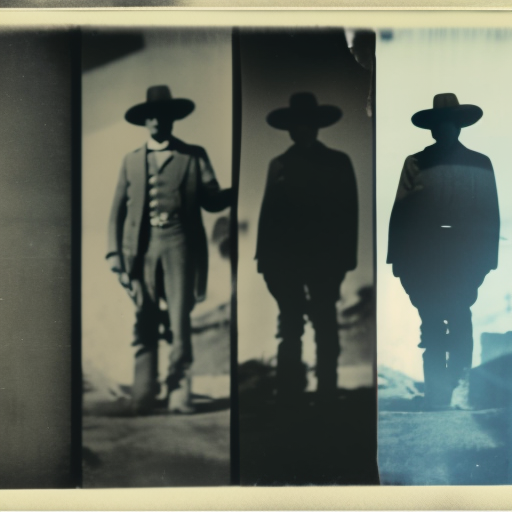Mexican Revolution (1910-1920)
The Mexican Revolution was a major armed conflict that took place in Mexico between 1910 and 1920. It was a complex and multifaceted revolution that had a profound impact on Mexican society and politics. The revolution was characterized by a series of uprisings, military campaigns, and political changes that ultimately led to the overthrow of the long-standing dictatorship of Porfirio Díaz and the establishment of a more democratic government in Mexico.
Causes of the Mexican Revolution
The Mexican Revolution was primarily driven by a combination of political, social, and economic factors. The long rule of Porfirio Díaz, which began in 1876, was marked by political repression, economic inequality, and the concentration of power in the hands of a small elite. The majority of the Mexican population, particularly peasants and workers, faced extreme poverty and exploitation.
Key Figures and Groups
The Mexican Revolution involved a wide range of individuals and groups with diverse goals and ideologies. Some of the key figures include Francisco Madero, Emiliano Zapata, Pancho Villa, and Venustiano Carranza. Madero, a liberal reformer, played a crucial role in mobilizing opposition to Díaz’s regime and calling for democratic reforms. Zapata and Villa, on the other hand, represented the interests of peasants and rural communities, advocating for land reform and social justice. Carranza, a moderate politician, emerged as a key leader during the later stages of the revolution and eventually became the president of Mexico.
Major Events and Phases
The Mexican Revolution can be divided into several distinct phases. The initial phase, from 1910 to 1911, was marked by Madero’s call for revolution and his successful overthrow of Díaz. However, Madero’s presidency was short-lived, as he faced opposition from various factions within the revolutionary movement. This led to a period of intense conflict and power struggles, known as the “Era of the Caesars,” from 1913 to 1914.
During this period, different revolutionary leaders, including Victoriano Huerta and Carranza, vied for power and control over the country. The revolution also witnessed the emergence of armed peasant movements, such as Zapata’s Zapatistas in the south and Villa’s Division del Norte in the north. These groups played a crucial role in challenging the existing social and economic order.
The revolution entered a new phase in 1915 when Carranza established a new government and issued the Constitution of 1917, which enshrined many of the revolutionary ideals, including land reform, labor rights, and social welfare. However, the revolution continued to face challenges, including foreign intervention and internal divisions.
Impact and Legacy
The Mexican Revolution had a profound and lasting impact on Mexican society and politics. It brought about significant political and social changes, including the end of the long-standing dictatorship, the redistribution of land, and the recognition of workers’ rights. The revolution also paved the way for the establishment of a more democratic political system in Mexico.
However, the revolution also had its share of shortcomings and unresolved issues. Many of the revolutionary goals, such as land reform and social justice, were only partially achieved. The revolution also failed to address the deep-rooted problems of poverty and inequality in Mexican society.
Nevertheless, the Mexican Revolution remains a significant event in Mexican history and a source of inspiration for social and political movements around the world. It serves as a reminder of the power of popular mobilization and the potential for transformative change.












